Home>Interior Design>How To Install Ceiling Tiles For A Unique, Decorative Finish
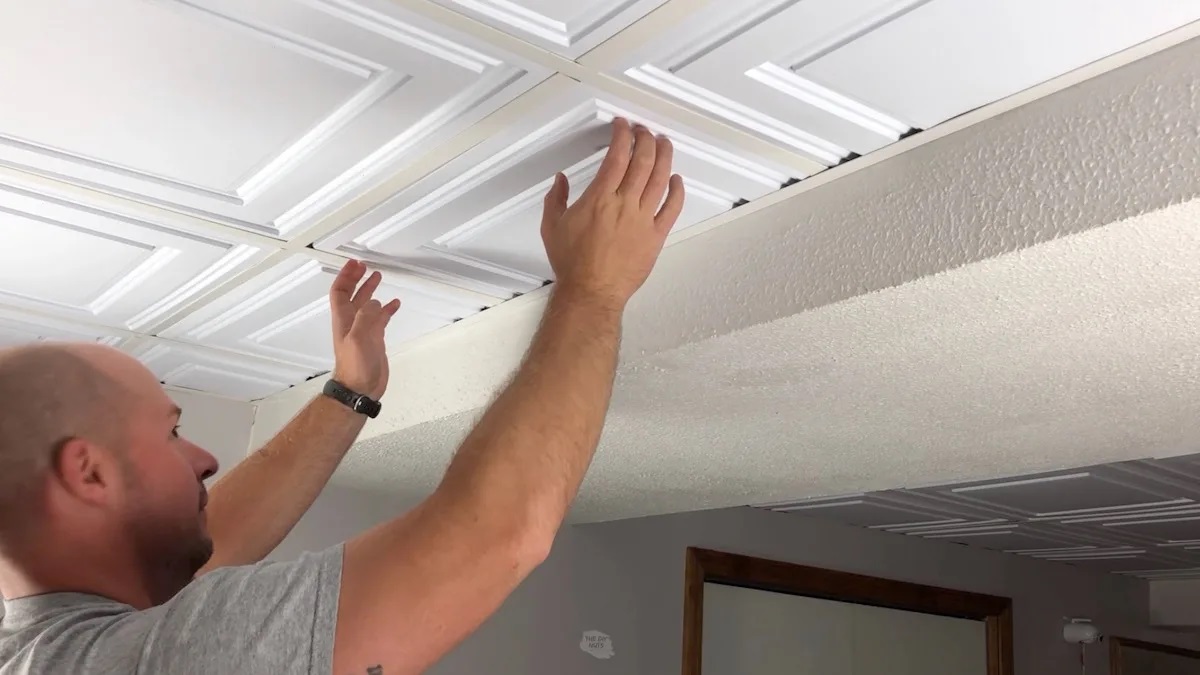

Interior Design
How To Install Ceiling Tiles For A Unique, Decorative Finish
Modified: April 23, 2024
Learn how to install ceiling tiles to achieve a stunning and distinctive interior design. Create a unique, decorative finish that will enhance the aesthetic appeal of your space.
(Many of the links in this article redirect to a specific reviewed product. Your purchase of these products through affiliate links helps to generate commission for Storables.com, at no extra cost. Learn more)
Introduction
Welcome to our comprehensive guide on how to install ceiling tiles for a unique and decorative finish. Ceiling tiles are a fantastic way to enhance the overall look and feel of your space, whether it’s a home, office, or commercial establishment. Not only do they add a touch of elegance and sophistication, but they also provide practical benefits such as sound absorption and insulation.
Installing ceiling tiles may seem like a daunting task, but with the right materials, tools, and techniques, it can be a straightforward and rewarding DIY project. In this article, we will walk you through the step-by-step process of installing ceiling tiles, from preparing the ceiling surface to adding the finishing touches.
Before we delve into the installation process, let’s quickly go over the materials and tools you will need:
- Ceiling tiles: Choose the type and style that best suits your preferences and the overall aesthetics of the space.
- Measuring tape and pencil: Essential for accurately measuring and marking the ceiling tiles.
- Straightedge or level: Helps ensure precision when marking and cutting the tiles.
- Utility knife: Used for cutting the tiles to the required dimensions.
- Adhesive: Select an adhesive suitable for your ceiling tile material. Check the manufacturer’s recommendations.
- Tile adhesive spreader: A tool specifically designed for evenly spreading the adhesive onto the tiles.
- Putty knife: Useful for spreading adhesive and smoothing out any bumps or excess adhesive.
- Ladder or scaffolding: Depending on the height and accessibility of your ceiling, you will need a safe and sturdy means of reaching it.
- Protective gear: Safety glasses, gloves, and a dust mask are essential to protect yourself during the installation process.
Now that you have a list of the necessary materials and tools, it’s time to move on to the installation process. Follow the step-by-step instructions closely, and soon enough, you’ll have a stunning ceiling that adds a touch of elegance and personality to your space.
Key Takeaways:
- Elevate your space with elegant and practical ceiling tiles, enhancing ambiance and functionality while adding a touch of sophistication to any room.
- Achieve a seamless and professional installation by meticulously preparing, measuring, cutting, and attaching tiles, followed by filling gaps and adding the finishing touches for a polished look.
Read more: How To Install Ceiling Tiles
Materials and Tools Needed
Before we embark on the installation process, it’s essential to gather all the necessary materials and tools to ensure a smooth and efficient installation of your ceiling tiles. Here is a comprehensive list of what you will need:
Materials:
- Ceiling tiles: Choose the type and style that best suits your aesthetic preferences and the overall design of your space. Whether you prefer acoustic tiles for noise reduction or decorative tiles to add visual appeal, make sure to select high-quality tiles that are durable and easy to clean.
- Adhesive: Select an adhesive that is recommended for the type of ceiling tiles you have chosen. Keep in mind that different tile materials may require different types of adhesive. Consult the manufacturer’s instructions for the best adhesive option.
- Primer: If your ceiling surface is porous or has existing paint or wallpaper, it’s advisable to apply a primer to ensure proper adhesion of the adhesive and tiles.
- Screws or nails (optional): Depending on the type of ceiling tiles you choose, you may need screws or nails to secure the tiles in place. Confirm the installation requirements for your specific tile type.
- Spackle or joint compound: If your ceiling has any imperfections or gaps, spackle or joint compound will help fill them in before installing the tiles.
- Paint (optional): If you want to add a pop of color or a cohesive look to your ceiling, consider painting the tiles before or after installation. Make sure to use paint suitable for your tile material.
Tools:
- Measuring tape: Precise measurements are crucial for a successful installation. Use a measuring tape to measure the dimensions of your ceiling and the size of the tiles.
- Pencil or marker: Use a pencil or marker to mark the measurements and layout of the tiles on the ceiling surface.
- Straightedge or level: These tools will help you create straight and level lines for accurate tile placement.
- Utility knife or tile cutter: Depending on the type of tile material, a utility knife or tile cutter will be necessary for cutting the tiles to fit around obstacles, corners, or edges.
- Tile adhesive spreader: This tool allows for even distribution of the adhesive onto the back of the tiles.
- Paint roller or brush: If you decide to paint the tiles, you will need a paint roller or brush for smooth and consistent application.
- Putty knife or trowel: A putty knife or trowel is useful for applying spackle or joint compound to fill in any gaps or imperfections on the ceiling surface.
- Ladder or scaffolding: To access your ceiling, you will need a stable and safe means of reaching it, such as a ladder or scaffolding.
- Protective gear: Always prioritize safety. Wear safety goggles, gloves, and a dust mask to protect yourself from any potential hazards during the installation process.
Ensure that you have gathered all the materials and tools mentioned above before proceeding with the installation process. This way, you can work efficiently and achieve the desired results for your unique and decorative ceiling tile finish.
Step 1: Preparing the Ceiling
Before you begin the installation process, it’s crucial to prepare the ceiling properly. Proper preparation ensures a clean and smooth surface for the adhesive and tiles, resulting in a more secure and aesthetically pleasing installation. Follow these steps to prepare the ceiling:
- Clear the area: Remove any furniture, fixtures, or decorations from the room to create a clear working space. Cover the floor and any remaining items with a drop cloth or plastic sheeting to protect them from dust and debris.
- Clean the ceiling: Thoroughly clean the ceiling surface to remove any dirt, dust, or grease. Use a mild detergent and water solution to wipe away any stains or residue. Allow the ceiling to dry completely before proceeding.
- Inspect for damage: Carefully examine the ceiling for any signs of damage or issues that may affect the installation. Look for cracks, water damage, or sagging areas. Address any necessary repairs before proceeding.
- Fill in gaps: If there are any gaps, cracks, or holes in the ceiling, use a spackle or joint compound to fill them in. Use a putty knife or trowel to apply the compound and smooth it out. Allow it to dry and sand it down, if needed, to create a smooth and even surface.
- Prime the surface: If your ceiling surface is porous or has existing paint or wallpaper, it’s recommended to apply a primer. The primer helps the adhesive and tiles adhere better to the ceiling. Follow the manufacturer’s instructions for the specific primer you choose. Allow the primer to dry completely.
By taking the time to properly prepare the ceiling, you create the ideal foundation for a successful installation. Ensuring a clean and smooth surface allows the adhesive to bond effectively and provides a level platform for the placement of the tiles. Once you’ve completed these preparation steps, you’re ready to move on to measuring and marking the ceiling for tile placement.
Read more: How To Install Tin Ceiling Tile
Step 2: Measuring and Marking
Accurate measurements and proper marking are essential for a precise and seamless installation of ceiling tiles. Taking the time to measure and mark the ceiling correctly will ensure that the tiles fit perfectly and align with the overall design of the room. Follow these steps to measure and mark the ceiling:
- Establish a starting point: Decide on a starting point for your installation. It’s common to begin in the center of the room or from a focal point, such as a chandelier or ceiling fan. This will help create a visually balanced layout.
- Measure the ceiling: Use a measuring tape to determine the dimensions of the ceiling. Measure the length and width of the room and record the measurements.
- Divide the ceiling: Divide the width and length measurements by the size of the tiles you are using. This will give you an idea of how many rows and columns of tiles you will need. Round down the numbers if necessary to ensure the tiles fit evenly across the ceiling.
- Create a layout: Use a pencil or marker to create a layout on the ceiling. Start by marking the center point of the ceiling and draw intersecting lines to create a grid-like pattern. This will serve as your guide for tile placement.
- Account for any obstacles: Take into consideration any obstacles on the ceiling, such as vents, light fixtures, or electrical outlets. Measure their location and mark them on the layout. Adjust the grid pattern accordingly to accommodate these obstacles.
- Mark tile boundaries: Use the layout as a guide to mark the boundaries of each tile on the ceiling. Start from the center and work your way out, marking the corners or edges of each tile. This will ensure that the tiles are aligned correctly and provide a visual representation of the final layout.
By measuring and marking the ceiling accurately, you create a roadmap for the tile installation. The layout and markings serve as a guide during the adhesive application and tile placement process. Take your time with this step to ensure precision and a cohesive design.
Once you have measured and marked the ceiling, you are ready to move on to the next step: cutting the tiles to fit the designated areas. This step requires careful attention and precision to achieve seamless tile installations.
Step 3: Cutting the Tiles
Once you have measured and marked the ceiling, it’s time to cut the tiles to fit the designated areas. Cutting the tiles allows for a precise and seamless installation, especially when dealing with obstacles, corners, or edges. Follow these steps to cut the tiles:
- Gather the necessary tools: Prepare your utility knife or tile cutter, straightedge, and measuring tape.
- Measure the cutting area: Use a measuring tape to measure the dimensions of the area where you need to cut the tile. Measure the length, width, and any specific angles or shapes required.
- Mark the cutting lines: Use a pencil or marker to mark the cutting lines on the tile’s back surface. Place the tile on a stable surface and ensure it is secure before proceeding.
- Cut along the marked lines: With the help of a straightedge as a guide, carefully score the tile’s surface along the marked lines. Apply firm, even pressure to create a clean and precise cut.
- Break the tile: Once the scoring is complete, gently apply pressure to the tile along the scored line. The tile should break cleanly along the line. If needed, use the utility knife or tile cutter to make additional cuts or adjustments.
- Smooth the cut edges: Use a sanding block or sandpaper to smoothen any rough or uneven edges on the cut tile. This will ensure a seamless fit and professional finish.
When cutting the tiles, it’s important to take safety precautions. Wear safety goggles and gloves to protect yourself from any potential injuries. Take your time and be patient with the cutting process to achieve the desired results.
If you are uncertain about your cutting skills or dealing with complex cutting requirements, consider consulting with a professional or researching specialized cutting techniques for your specific tile material. It’s always better to seek guidance and ensure a flawless installation.
With the tiles cut to the required dimensions, you are now ready for the next step, which involves applying adhesive to the tiles before attaching them to the ceiling.
Step 4: Applying Adhesive
With the tiles cut to the desired dimensions, it’s time to apply adhesive to the back of the tiles. The adhesive plays a crucial role in securing the tiles to the ceiling and ensuring a long-lasting installation. Follow these steps to apply adhesive:
- Read the manufacturer’s instructions: Before applying adhesive, carefully read and follow the instructions provided by the manufacturer. Different types of tiles may require specific adhesive types or application techniques.
- Prepare the adhesive: Mix or prepare the adhesive according to the manufacturer’s instructions. Some adhesives may need to be mixed with water or another additive before use. Ensure that the consistency is appropriate for easy application.
- Apply adhesive to the tiles: Using a tile adhesive spreader or a trowel, apply an even layer of adhesive to the back of each tile. Make sure to cover the entire surface, extending to the edges. Avoid applying excessive adhesive, as it can seep through the gaps between the tiles when pressed against the ceiling.
- Work in small sections: To prevent the adhesive from drying before you have a chance to attach the tiles, work in small sections. Apply adhesive to a few tiles at a time, ensuring that the adhesive is still fresh and tacky when placing the tiles on the ceiling.
- Apply pressure and twist: Once a tile is in position, firmly press and twist it slightly to ensure proper adhesion. This helps the adhesive spread evenly and creates a strong bond between the tile and the ceiling.
- Repeat the process: Continue applying adhesive to the remaining tiles and placing them on the ceiling, working in small sections until the entire ceiling is covered. Maintain consistent spacing between tiles for a uniform and organized look.
During the adhesive application process, it’s important to work efficiently and avoid delays to ensure that the adhesive remains in a workable condition. Consider having a helper assist you to speed up the process, especially if working on a larger ceiling.
Take care not to overapply adhesive, as it can cause the tiles to slide out of position or create a messy appearance. Additionally, avoid stepping or putting pressure on the installed tiles until the adhesive has fully cured, as this can disrupt the alignment and bonding process.
Now that the tiles are securely attached to the ceiling, the next step is to fill in any gaps between the tiles for a seamless and professional finish.
When installing ceiling tiles for a unique, decorative finish, be sure to measure and plan the layout carefully to ensure a symmetrical and visually appealing result. Use a high-quality adhesive or grid system for secure installation.
Step 5: Attaching the Tiles
After applying adhesive to the back of the tiles, it’s time to attach them to the ceiling. This step ensures that the tiles are properly secured and aligned, creating a cohesive and visually appealing look. Follow these steps to attach the tiles:
- Start from one corner: Begin the tile installation process from one corner of the room. This allows for a systematic and organized approach.
- Align the tile: Position the first tile in the corner of the room, aligning it with the layout markings you made earlier. Ensure that it fits snugly into place.
- Press and hold: Apply firm pressure to the tile and hold it in place for a few seconds to allow the adhesive to bond effectively. This helps ensure a strong and secure attachment.
- Continue with the next tile: Place the next tile beside the first one, making sure it aligns properly with the markings and the edges of the adjacent tile. Press and hold it firmly to secure it in place.
- Check for level and alignment: Regularly check the level and alignment of the installed tiles as you progress. Use a level or straightedge to ensure that the tiles are straight and even.
- Work in rows and columns: Continue attaching the tiles in rows and columns, moving systematically across the ceiling. Use your marked lines and layout as a guide to maintain proper spacing and alignment.
- Trim tiles if needed: If you encounter obstacles such as light fixtures or vents, trim the tiles to fit around them. Refer to the previous section on cutting the tiles for guidance on how to create precise cuts.
- Smooth out any bumps: Use a putty knife or your fingers to smooth out any bumps, excess adhesive, or air bubbles that may have formed between the tiles during installation.
Working methodically and carefully during the tile attachment process ensures a professional and visually pleasing result. Take your time and make adjustments as needed to achieve a well-aligned and seamless installation.
Remember to avoid putting any pressure or stress on the newly attached tiles until the adhesive has fully cured. This typically takes a day or more, depending on the adhesive and manufacturer’s recommendations.
Once the tiles are securely attached, it’s time to move on to the next step: filling in any gaps between the tiles for a polished and finished appearance.
Step 6: Filling in Gaps
After attaching the ceiling tiles, it’s common to have small gaps between the tiles. Filling in these gaps helps create a seamless and polished finish, ensuring that your ceiling looks professional and visually appealing. Follow these steps to fill in the gaps:
- Assess the gaps: Take a close look at the gaps between the tiles and identify areas that require filling. Depending on the type of tiles used and the installation technique, the gaps may vary in size.
- Select the appropriate filler: Depending on the gap width and your personal preference, choose a suitable filler material. Options include grout, caulk, or a specialized tile gap filler. Consider the color and texture that will best blend with your tiles.
- Prepare the filler: If using grout, mix it according to the manufacturer’s instructions. If using caulk or a pre-mixed gap filler, ensure that it is ready for use by checking the packaging instructions.
- Apply the filler: Using a small putty knife or a caulking gun for smoother application, carefully fill in the gaps between the tiles with the chosen filler material. Ensure that the gap is completely filled and the filler is level with the surface of the tiles.
- Smooth the filler: Use a damp sponge or cloth to lightly smooth and wipe away any excess filler on the tile surface. Be gentle to avoid disturbing the filler in the gaps.
- Allow the filler to dry: Follow the manufacturer’s instructions regarding drying time for the filler material you have chosen. It’s important to let it dry thoroughly to achieve the desired finish.
- Clean the tiles: Once the filler has dried, wipe down the tiles with a clean, damp cloth to remove any residue or haze that may have accumulated during the filling process.
Filling in the gaps between the ceiling tiles ensures a finished and professional look. It not only enhances the visual appeal but also helps seal the gaps, preventing dust, dirt, or moisture from accumulating within them.
Take care to choose a filler material that matches the color and texture of your tiles, as this will help create a seamless appearance. If you have any concerns or questions about the type of filler to use, consult the manufacturer or seek advice from a professional.
With the gaps filled, your ceiling tiles are nearly complete. The final step involves adding the finishing touches to perfect the overall look and ensure a polished finish.
Step 7: Finishing Touches
With the ceiling tiles installed and any gaps filled, it’s time to add the finishing touches to complete the look and ensure a polished, professional appearance. Follow these steps to add those final details:
- Clean the tiles: Use a soft cloth or sponge to gently wipe down the tiles and remove any dust, debris, or residue that may have accumulated during the installation process.
- Inspect for imperfections: Take a close look at the installed tiles and check for any visible imperfections, such as uneven edges, excess adhesive, or marks. Use a putty knife or damp cloth to smooth out any bumps or remove any unwanted residue.
- Paint or seal the tiles (optional): If desired, you can paint or seal the tiles to enhance their appearance or provide additional protection. Choose a paint or sealant that is suitable for your specific tile material and follow the manufacturer’s instructions for proper application.
- Replace any fixtures or decorations: Once the tiles and the surrounding area are clean and free of debris, reposition any fixtures or decorations that were previously removed to make way for the installation process.
- Step back and admire your work: Take a moment to step back and appreciate the transformation that the ceiling tiles have brought to your space. Enjoy the enhanced aesthetic appeal and the unique decorative finish.
Adding these finishing touches helps ensure that your newly installed ceiling tiles look their best and integrate seamlessly with the overall design of the room. Take the time to clean and inspect the tiles, making any necessary adjustments to achieve a flawless final result.
Remember that maintenance plays a vital role in preserving the beauty and longevity of your ceiling tiles. Regularly clean the tiles according to the manufacturer’s recommendations and address any maintenance or repair needs promptly.
Congratulations! You have successfully completed the installation of your ceiling tiles and added a unique, decorative touch to your space. Enjoy the renewed ambiance and sense of style that the tiles bring to your room.
It’s important to note that the specific steps and techniques may vary depending on the type and style of the ceiling tiles you are installing. Always refer to the manufacturer’s instructions and consult professional assistance if needed.
Conclusion
Congratulations on completing the installation of your ceiling tiles! By following the step-by-step process outlined in this guide, you have successfully transformed your space with a unique and decorative finish. The installation process may have seemed daunting at first, but with the right materials, tools, and techniques, it can be a satisfying and rewarding DIY project.
Ceiling tiles not only add a touch of elegance and sophistication to any room but also provide practical benefits such as sound absorption and insulation. Whether you opted for acoustic tiles or decorative tiles, they contribute to improving the overall ambiance and functionality of your space.
Throughout the process, it was crucial to ensure proper preparation of the ceiling, accurate measurements and marking, precise cutting of tiles, careful application of adhesive, painstaking tile attachment, gap filling, and the final finishing touches. Each step played a vital role in achieving a professional and seamless installation.
Remember to maintain and care for your ceiling tiles to preserve their beauty and longevity. Regular cleaning, addressing any repairs promptly, and following the manufacturer’s maintenance guidelines will help keep your ceiling tiles looking their best for years to come.
As you step back and admire your completed project, take pride in the fact that you have added a unique and decorative element to your space. The ceiling tiles serve as a testament to your creativity, attention to detail, and commitment to enhancing the beauty and functionality of your environment.
Thank you for joining us on this comprehensive guide to installing ceiling tiles. We hope it has been informative and helpful every step of the way. Enjoy the transformed space and the ambiance that your new ceiling tiles bring.
Frequently Asked Questions about How To Install Ceiling Tiles For A Unique, Decorative Finish
Was this page helpful?
At Storables.com, we guarantee accurate and reliable information. Our content, validated by Expert Board Contributors, is crafted following stringent Editorial Policies. We're committed to providing you with well-researched, expert-backed insights for all your informational needs.

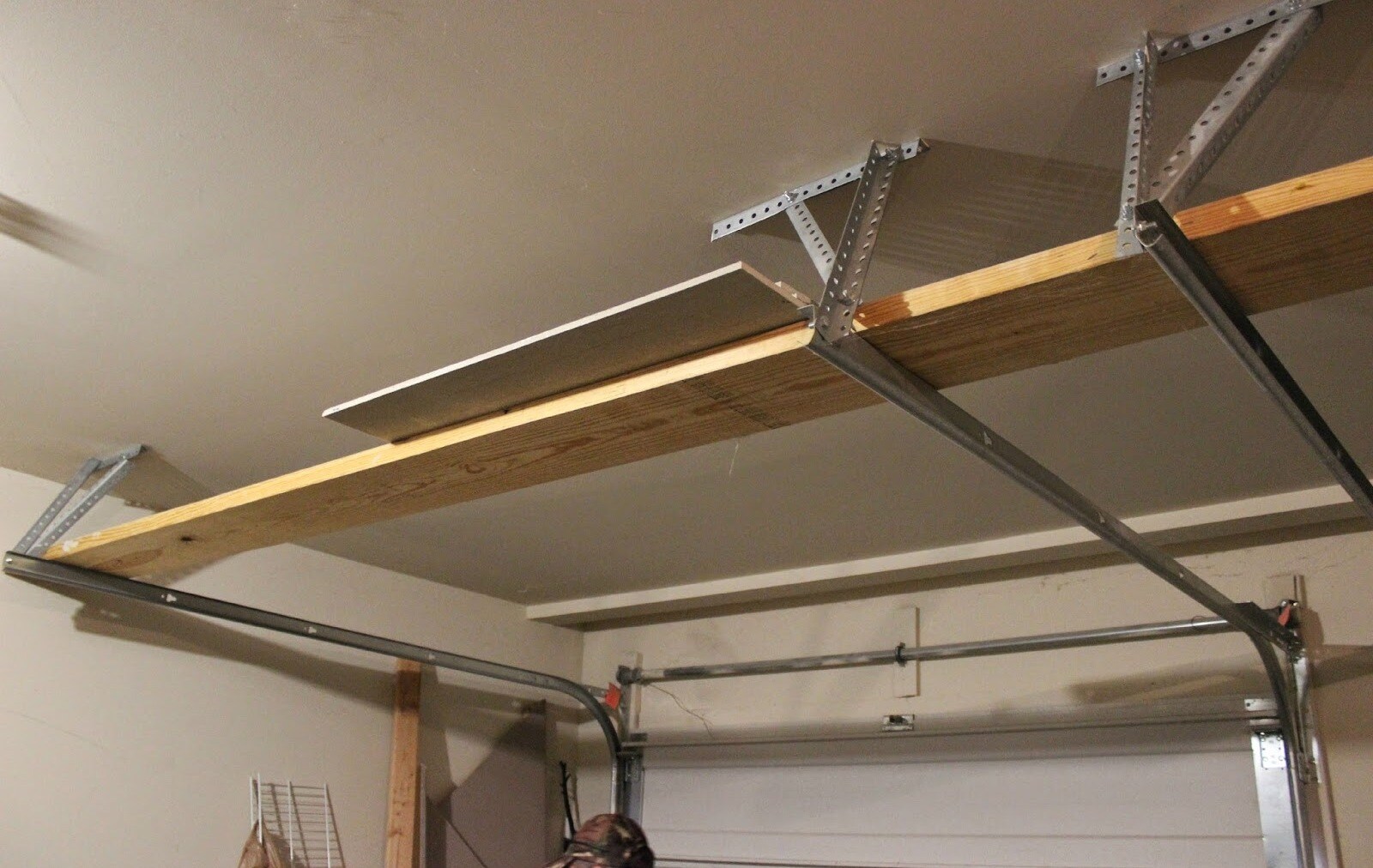

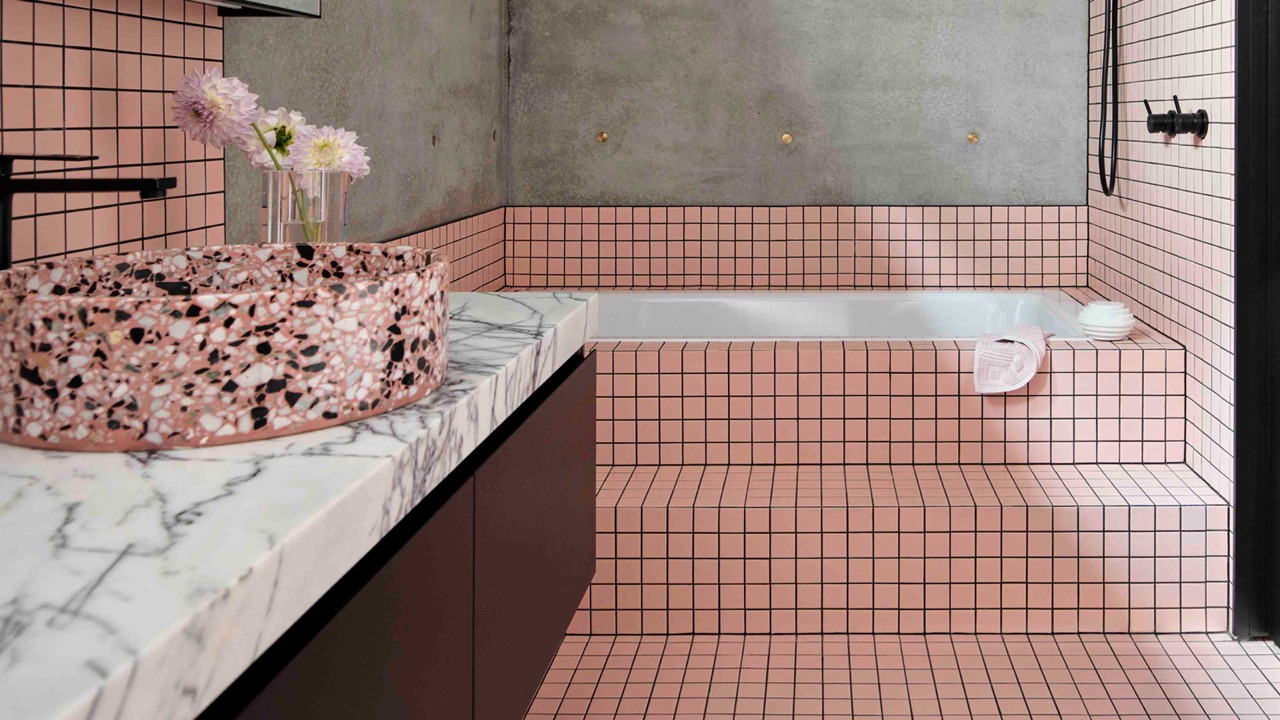

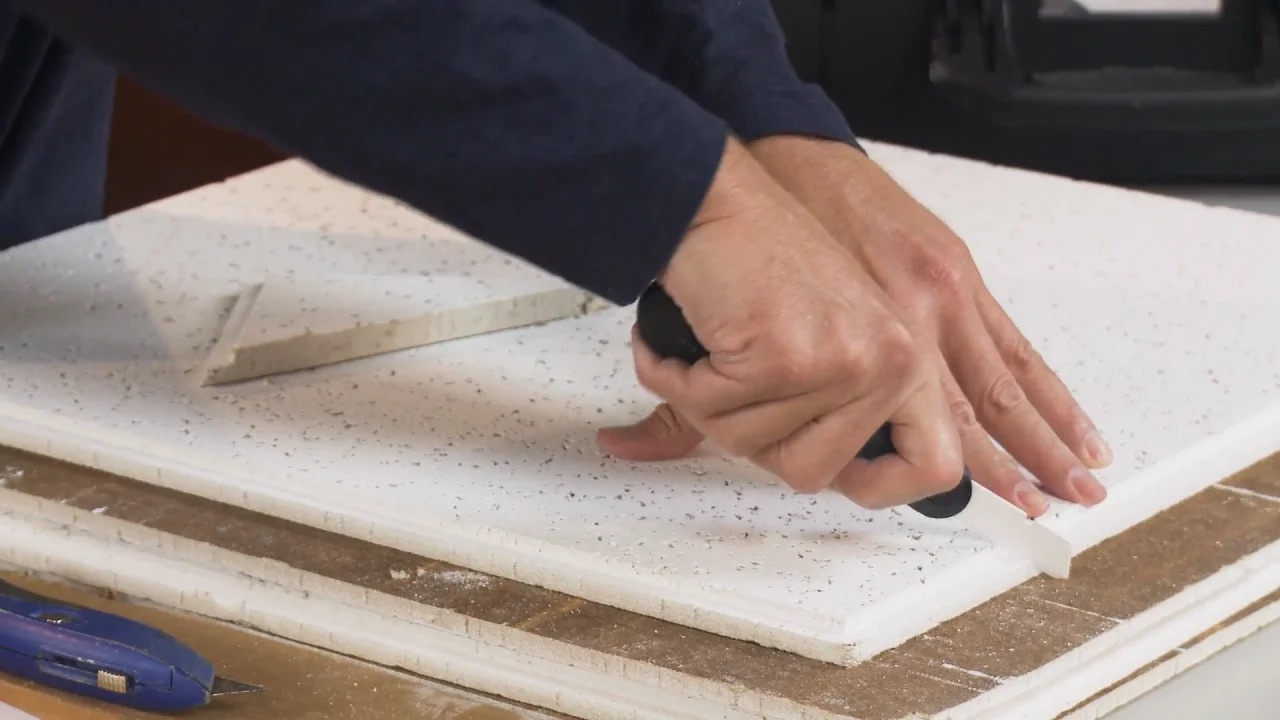
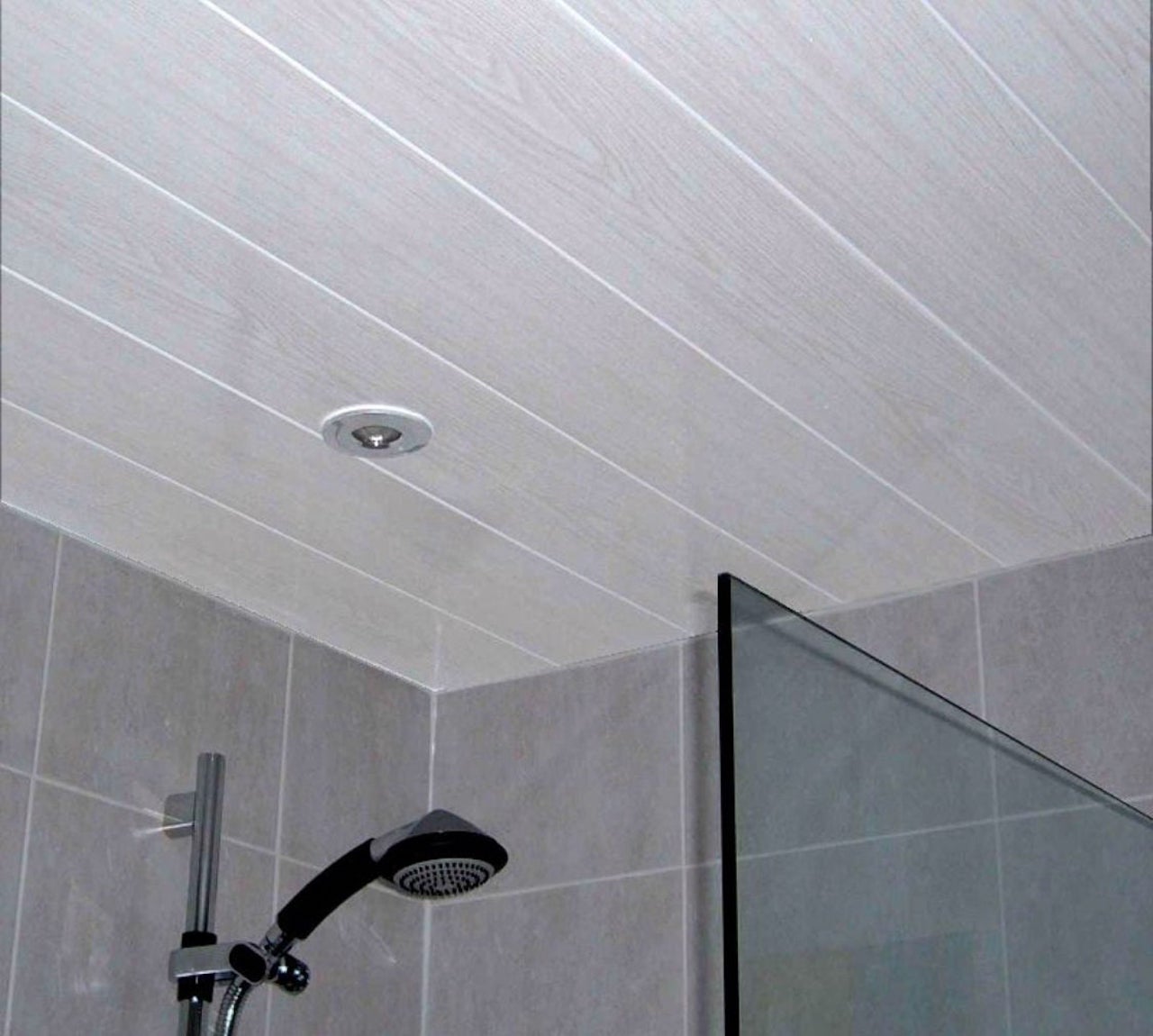
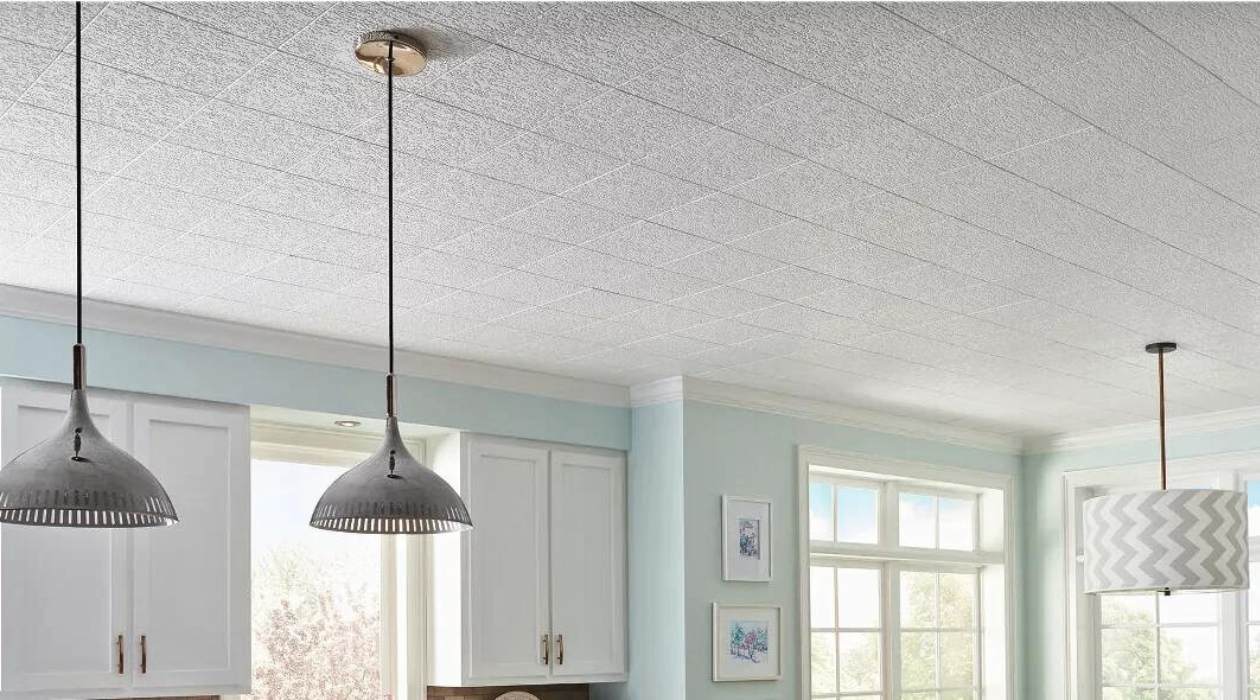
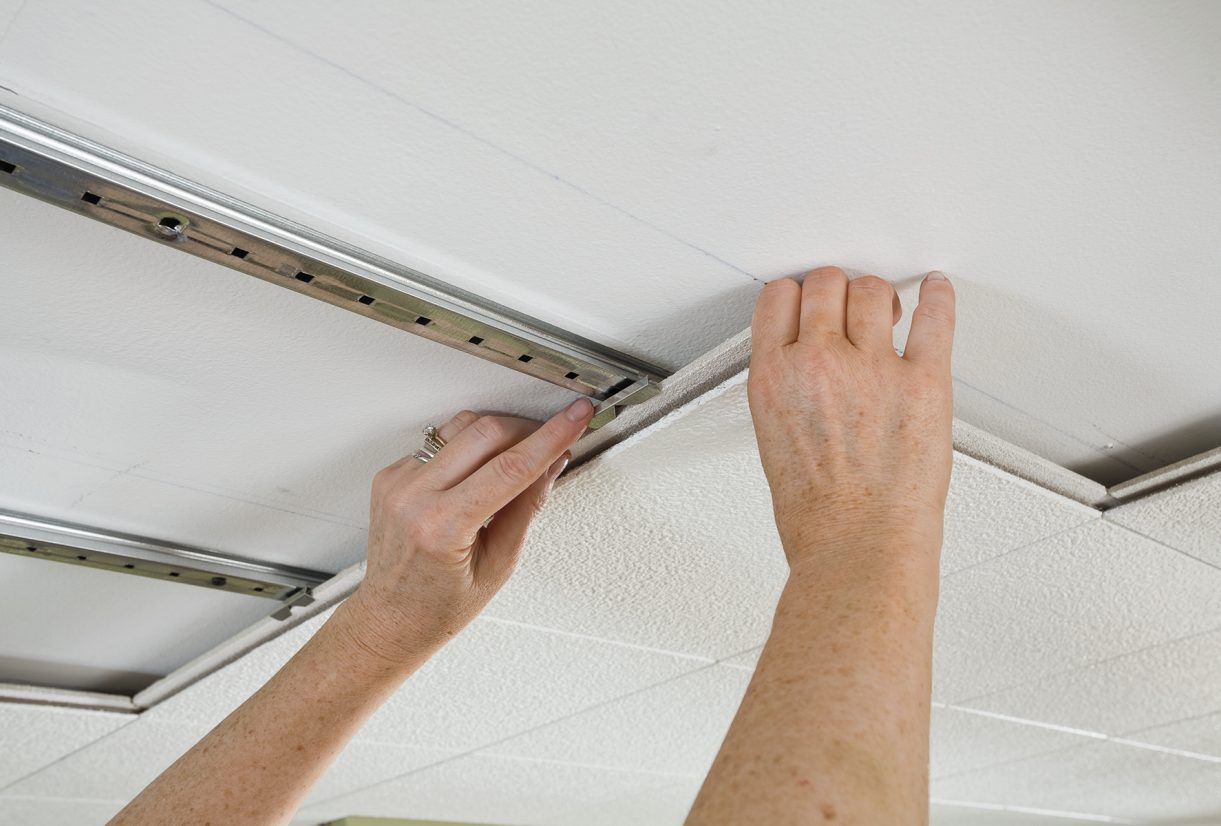


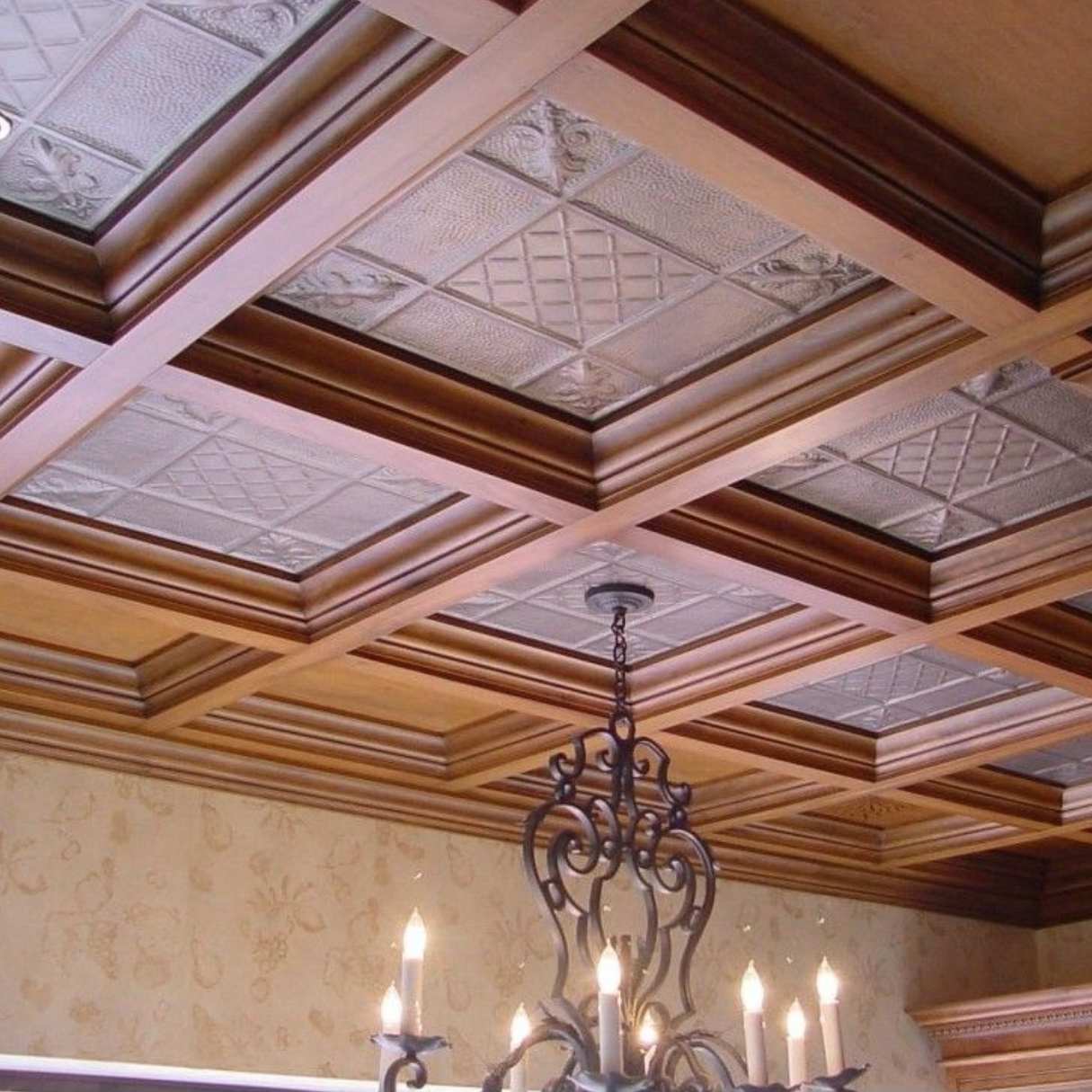
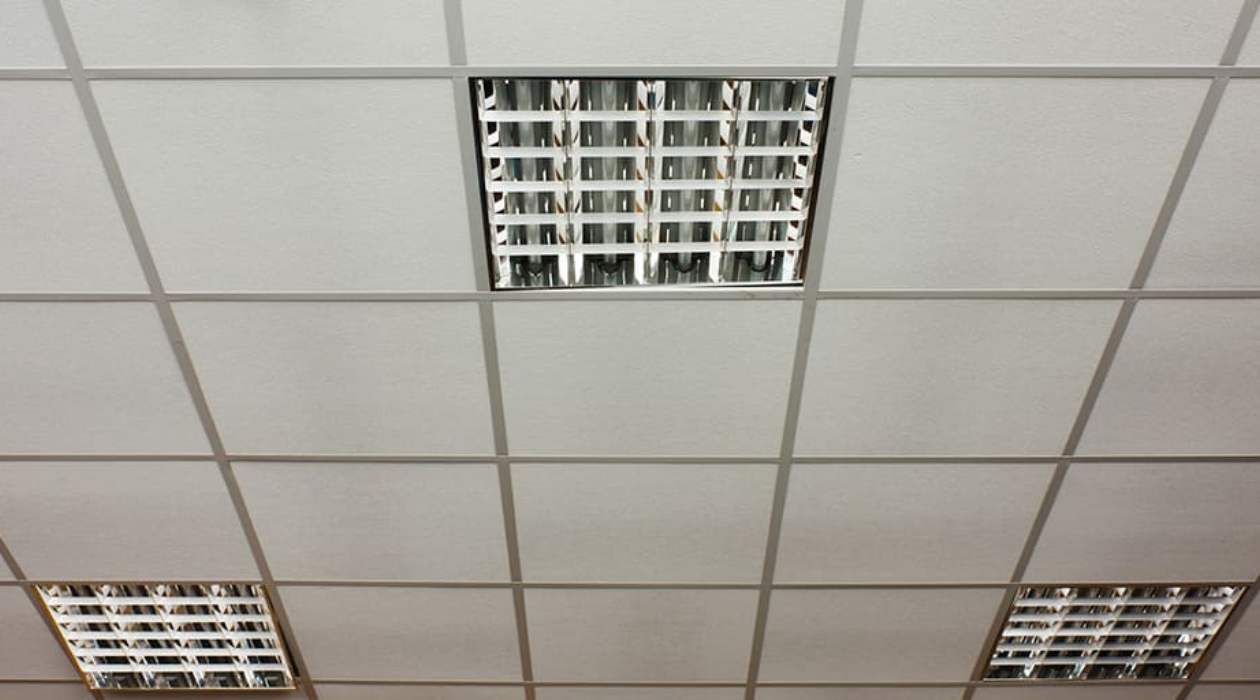

0 thoughts on “How To Install Ceiling Tiles For A Unique, Decorative Finish”